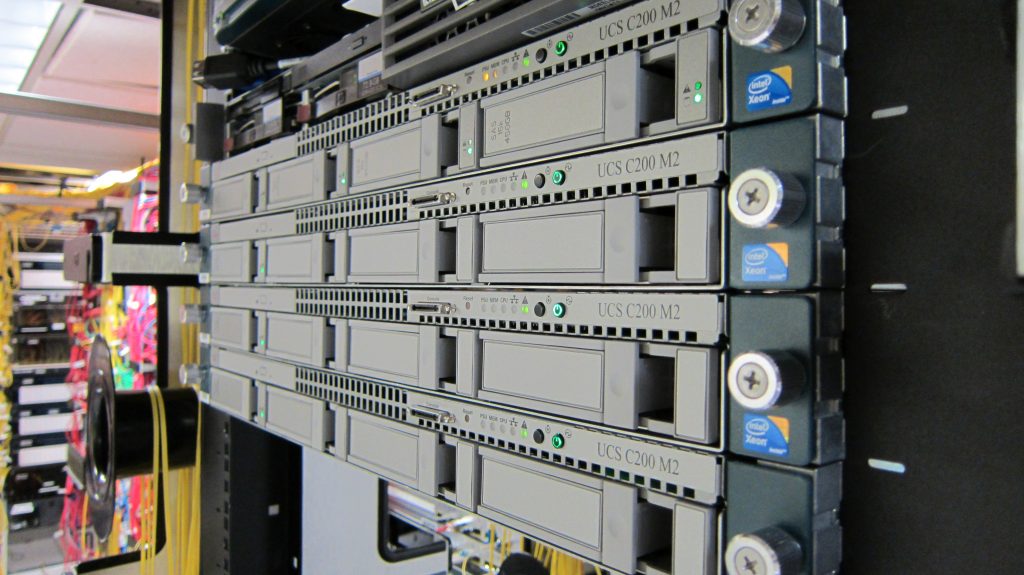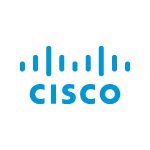
What Cisco means to the Toronto Internet Exchange
By Jon Nistor, Cisco Canada
Peanut butter and jam. Bacon and Eggs. Cisco and Toronto Internet Exchange.
What do each of these pairings have in common? Simply put, they just make sense and one just isn’t the same without the other. The Toronto Internet Exchange (TorIX) is a public Internet Exchange Point (IXP), one of the largest in Canada and North America, pushing nearly 80 Gbps at peak times. Located in downtown Toronto, TorIX interconnects over 150 service providers, enterprises, and content providers from Canada, the U.S., and Europe. Any company that has some IP space and an Autonomous System Number (ASN) can connect. The main goals of TorIX are to keep traffic within Canada, so that it is not subject to other countries’ laws and regulations such as the U.S. Patriot Act, to keep latency low, to lower costs of IP transit connections and to form relationships between companies.
Internet Service Providers (ISPs) can use IXPs to route traffic locally, rather than through an exchange across the border. The result is reduced operating cost and more network efficiency, which most end users would appreciate.
Over the last 14 years, TorIX has been working with Cisco switching equipment to transport millions of gigabytes of data between Canadians. TorIX has gone through many equipment changes throughout the years to keep up with the growing demand for speed and capacity. In 1998, TorIX started with a Catalyst 2948G. As time progressed and peers’ (clients) needs evolved, the 3548, 4912, 6000 and 6500 were implemented.

Inside TorIX’s data centre
Just last year, TorIx started to migrate to the Nexus 7000 platform, as requirements had exceeded the Catalyst 6500 platform. The density of the linecards and the ability to use 1G or 10G SFP’s on the Nexus allows TorIX’s clients to grow from 1G to 10G in a matter of minutes. With next generation linecards at the 40G and 100G speeds, TorIX is ready for the future.
At the heart of the operation is a group of volunteers who support the IXP. Along with some custom automation to allow peers (clients) to manage their own connections and interact with other peers; this allows for smooth operation and low overhead. With the management capabilities of Cisco networking software IOS and NX-OS, these deployments were very easy to accomplish.
One key service TorIX offers to its peers is the route-server, which helps broker the exchange of routes between peers using the ASR 1000’s route-server functionality. This means that peers only need to setup BGP sessions with the two devices performing this task, either on IPv4 and/or IPv6.
According to TorIX, “setting up a common meeting place” for all interested Canadian users via their access providers can reduce transit times for local messages and cut high transit bandwidth costs. As the push continues to establish more IXPs in Canada, we hope to play a key role on the back-end to make it work together – like peanut butter and jam.
 Jon Nistor is a Systems Engineer at Cisco Canada, who also serves as a Board Director at the Toronto Internet Exchange (TorIX). His enjoyment of network management, switching and working with a variety of carriers has helped TorIX accelerate over the years. He can also bake a killer coconut chocolate chip cookie.
Jon Nistor is a Systems Engineer at Cisco Canada, who also serves as a Board Director at the Toronto Internet Exchange (TorIX). His enjoyment of network management, switching and working with a variety of carriers has helped TorIX accelerate over the years. He can also bake a killer coconut chocolate chip cookie.



